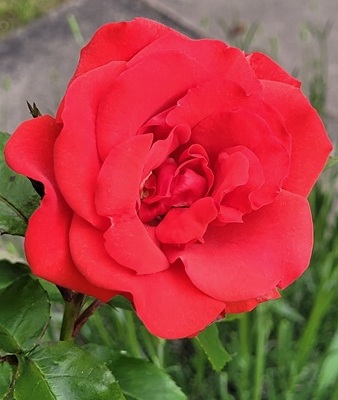Flower Properties
| Property | Value |
|---|---|
| English Name | Rose |
| MainColor | Red |
| PlantType | |
| Growth Type | |
| Season | May-Sep |
| ImageUrl | Rosa-001 |
| Photographer | DP |
| Location | Abbots Langley |
| Human Toxicity | Non_Toxic |
Flower Details
Description
Roses are among the most loved and cultivated flowering plants in the world. Rosa hybrida refers to the many garden varieties bred from wild species for their large, often fragrant, multi-petalled blooms. They come in a wide range of colours and are a classic symbol of beauty, romance, and remembrance.
Distribution
Hybrid roses are not naturally occurring in the wild but are widely cultivated across the UK and globally. They grow well in gardens, parks, and landscaped areas where they are planted and maintained. The original wild species hail from Europe, Asia, and the Middle East.
Medicinal/Other Uses

Rose petals have long been used in traditional remedies for their mild astringent and soothing properties. Rose water, made from petals, is used to calm irritated skin, while rose oil is a key ingredient in aromatherapy. In some traditions, rose extracts are also used to support mood and digestion.
Edibility

Petals from unsprayed roses are edible and often used to decorate cakes, flavour desserts, or make syrups and teas. Rose hips (the fruit of wild species) are rich in vitamin C and have been used historically to make jams, herbal teas, and cordials.
Human Toxicity
Cultivated roses are generally safe, but always ensure petals are pesticide-free before eating. Rose oil and rose water are safe in small amounts but may cause skin irritation in sensitive individuals.
Pet Toxicity
Not Toxic
Active Compounds
Roses contain flavonoids, tannins, essential oils (especially geraniol and citronellol), and small amounts of vitamins. Rose hips are particularly high in vitamin C and antioxidants.
